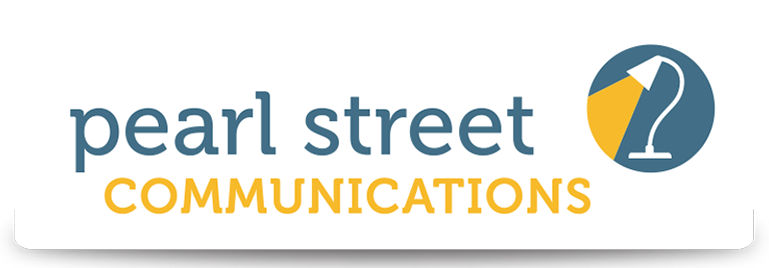#PSBookClub
Welcome back to the second installment of the 2018 #PSBookClub. We’re just four chapters into “This I Know,” by Terry O’Reilly and we’re completely hooked. It must be our sentimental attachment to the world of marketing! #PlayingOnOurEmotions #MarketingAtItsFinest
As always, we will cover two chapters in each blog post, and will aim to have them posted every two-weeks after our book club sessions. We will be posting on social media when we update the blog, so stay tuned and Tweet/Facebook us your thoughts using the #PSBookClub. Do you agree with our thoughts on chapters three and four? Have a read and let us know.
Chapter 3: Strategy (It Tastes Awful. And It Works)
Initial Thoughts
Brittany Kelly (BK): This chapter really resonated with me as I am a firm believer in having a strategy and plan before jumping into things. The analogy used about going on vacation and the planning behind it was perfect. The portion about filling the market gap through digging and analysis really resonated with me too. “There is always a flag to be had.”
Curt Hammond (CH): Great chapter on the power of getting out of the weeds and thinking long term. #TeamPS does a good job in making sure we bake strategy into our work as it is something that clients often can’t take time to do. Our learning has been that the strategy conversation doesn’t have to be big and complicated. More often than not, it's taking time to think about values, goals and priorities. With that clarity, you can build a strong strategy that will be a great guide for your tactics.
Virginia Ehrlich (VE): “One of the most effective strategies is to reposition your competition.” Such a cool and clever concept. The example O’Reilly gives is when Tylenol entered the market. In order to gain market share they decided to reposition Aspirin, the pain-reliever leader at the time. Tylenol chose the tagline “easy on stomachs”. This simple line altered people’s perception of Aspirin as it immediately had people questioning the strong ingredients Aspirin used and wondering if they wanted to expose themselves to those ingredients. How we can apply this concept to our clients? Analyzing their competition and either identifying a gap/opportunity or figuring out their unique selling point and crafting their strategy around that.
Key Takeaways
BK: “Good marketing makes a company look smart, but great marketing makes a customer look smart.”
CH: “If it needs to be shoehorned in its wrong.” I will be using that line this year. A lot!
VE: “Worthy competition only makes you better, forcing you to be absolutely sharp and present.”
Chapter 4: Bieber in a Blender (If They Feel, They Believe)
Initial Takeaways
CH: We talk a lot about head and heart language with clients and this chapter reinforced the importance of helping to make that distinction. Key to that of course is being genuine and not trying to be something you are not. Authenticity matters! I really like Terry’s point about information that lacks emotion just won’t be effective.
VE: There is an experiment in this chapter, conducted by a journalist named Rob Walker, that proves that a compelling, emotional story actually increases the value of an object. If you can paint a picture of who made the item, where it came from, why it was made; if you can increase the emotional energy of an object, you can actually increase (or decrease if you tell a negative story) the value and meaningfulness of an item or service. His experiment proved that strong storytelling is one of, if not THE most important, component to your marketing mix.
BK: “If people feel, they believe.” So, so true! This chapter really struck a chord with me because it’s so accurate. Information itself isn’t enough to persuade someone to buy into your products and services, they need to feel a connection and feel emotion from you in order to act. Find your place, your “gap” in the market, fill it with emotion and your brand story, and you will have believers and repeat customers in no time.
Key Takeaways
CH: "Humour doesn't push, it pulls!"
VE: “Emotion is the basis for all decision-making”
BK: “To ignite a positive response in people, you have to inject emotion into information.”
So, what did you think about chapters three and four? Excited to keep learning and growing as much as we are with this book?? We’d love to see your thoughts and key takeaways in the blog comments, and on Twitter using the hashtag #PSBookClub. And make sure you check back in the next couple of weeks for our discussion on chapters five and six. Need a copy of the book you can get that here [add link] and you can follow Terry on Twitter at xx
Happy reading!






